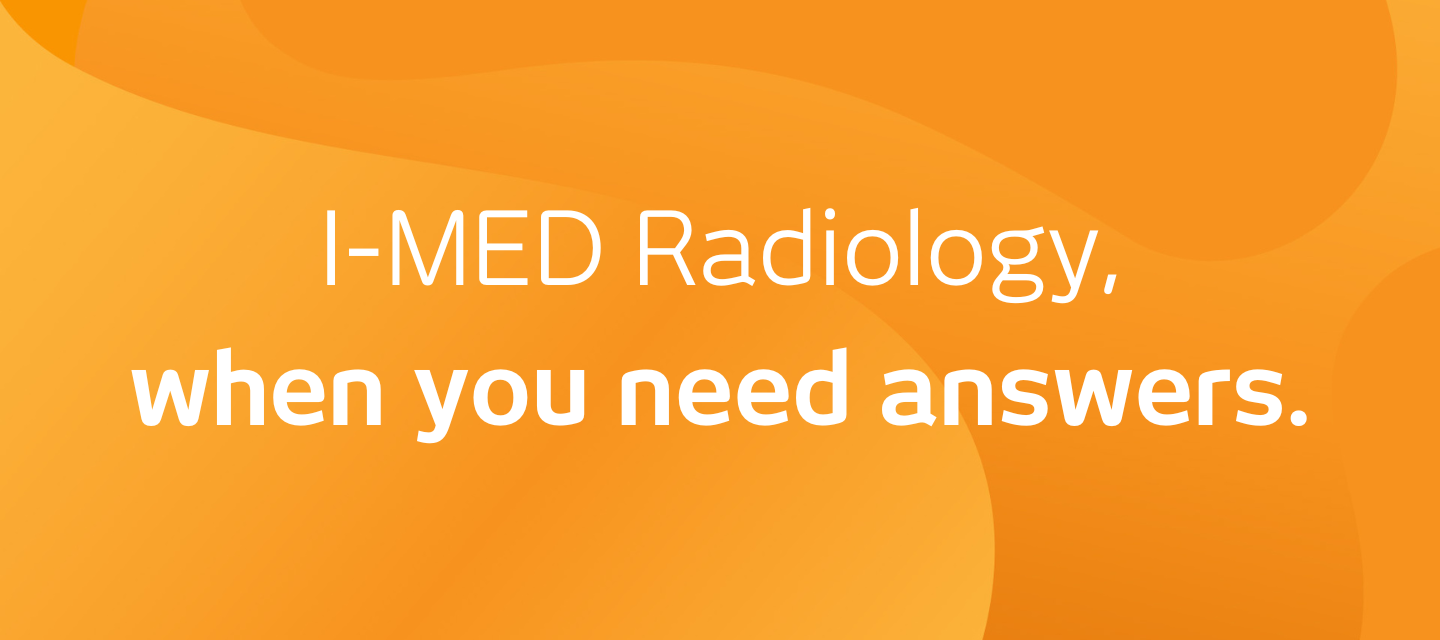
Carpal tunnel ultrasound & injection
Carpal tunnel ultrasound & injection
What is a carpal tunnel ultrasound and injection?
The carpal tunnel is located in the wrist, and is formed by the bones of the wrist and the transverse carpal (wrist) ligament. Through this tunnel pass the median nerve, flexor tendons (which help you to curl your fingers) and tendon sheaths (the coverings of the tendons).
Carpal tunnel syndrome (also known as median nerve compression) is a common cause of symptoms in the hand and wrist. Ultrasound is used to take pictures or images of the wrist to confirm or exclude if carpal tunnel syndrome is present.
Ultrasound is good at assessing if there is swelling of the median nerve and also assessing the adjacent structures (such as joints and tendons), which might be irritating or compressing the nerve.
If carpal tunnel syndrome is found to be present, ultrasound is used to guide the placement of a needle into the carpal tunnel to inject a small dose of corticosteroid (or ‘steroid’) and local anaesthetic medication.
Why would I have been referred for this procedure? keyboard_arrow_down
You would be referred if you have symptoms that your referring practitioner believes might be carpal tunnel syndrome. Your referring practitioner might have tried simple measures, such as rest, changing activities and splinting (putting something around the wrist and hand to keep them from moving). If these have not been successful in relieving your symptoms, an ultrasound of the carpal tunnel might be requested with a view to possible injection.
Carpal tunnel syndrome is caused by swelling or compression of the median nerve as it passes through the carpal tunnel from the forearm into the hand. The carpal tunnel is a narrow space, and swelling within or around it can compress the median nerve and lead to the development of symptoms, such as tingling and numbness and pain, on the thumb side of the hand up to the ring finger. Muscle weakness can also occur. There are numerous causes of carpal tunnel syndrome, some are due to associated medical problems (see website reference at the end of this information sheet). Tendinopathy (swelling of the tendons), synovitis (swelling and inflammation of the tendon sheaths) or joint swellings around the carpal tunnel can also cause symptoms of carpal tunnel syndrome.
The corticosteroid injection should reduce inflammation or swelling in and around the median nerve, the flexor tendons and the tendon sheaths, which in turn should relieve your symptoms.
How do I prepare for a carpal tunnel ultrasound and injection? keyboard_arrow_down
No specific preparation is needed. You should take any previous x-rays or scans to the appointment. You might feel numbness or pins and needles in your hand for up to one hour after the injection, and driving is not recommended during this period. It is generally advised that you bring someone with you to your examination and procedure who can drive you home.
When you make your appointment for the ultrasound and injection, you need to let our radiology clinic staff know if you are taking any blood thinning medication, particularly warfarin.
Blood thinning medications might need to be stopped for a period of days, or your normal dose reduced, before this procedure is carried out. Our clinic staff or your own doctor will give you specific instructions about whether you need to stop or reduce the medication and when to restart the medication. These drugs are usually taken to prevent stroke or heart attack, so it is very important that you do not stop taking them without being instructed to do so by your doctor or radiology staff, or both.
A blood test might be required to check your blood clotting before your procedure.
Continue with pain medication and other medications as usual.
What happens during a carpal tunnel ultrasound and injection? keyboard_arrow_down
You will be taken into the scanning room by the sonographer (ultrasound technician). You will either be lying on a scanning bed or sitting down with your hand on a table or bed in a comfortable position. The sonographer will apply gel over your wrist and take images using ultrasound. These images will then be shown to the radiologist who will discuss them with you and might take some further images.
If carpal tunnel syndrome is confirmed, and the radiologist recommends an injection, the procedure will be explained to you. You will be able to ask any questions at this time. The skin over your wrist is cleaned with antiseptic liquid. A small needle is passed through your skin directly into the carpal tunnel using ultrasound images to guide the placement of the needle. A small amount of corticosteroid (or ‘steroid’) and local anaesthetic (usually just a few millilitres) is then injected, and the needle removed. Most people are surprised by how quick and easy the procedure is.
The radiologist will give you advice for after the injection. The wrist and hand should generally be rested completely for six hours, followed by minimal use for between one and three days.
Are there any after effects of a carpal tunnel ultrasound and injection? keyboard_arrow_down
Immediately after the injection, you might have numbness in your hand from the local anaesthetic. It is recommended that you do not drive until the numbness has settled. It is recommended you arrange for someone to drive you home after the procedure.
The most common after effect is a temporary increase of your symptoms over one, two, or even three days. The corticosteroid does not start working for at least 24 hours and sometimes up to seven days.
Symptoms from nerves generally take longer to respond to corticosteroid than symptoms relating to muscles or joints. During this time, the normal symptoms might continue or, occasionally, worsen. A major flare of symptoms generally indicates a local reaction to the injected medication or to the needle. Anti-inflammatory medication, rest (use of a splint) and the application of cold packs is recommended. If the reaction is persistent, then you should seek medical attention, as it might be an infection, (although this is unlikely).
Sometimes you might have general symptoms related to absorption of the corticosteroid into the circulation. This usually only occurs when larger doses are used or in some people who are more sensitive to corticosteroids. In diabetics, this absorption might increase blood sugar levels (BSL) for a few days. It is recommended that BSL are checked several hours after the procedure.
Slight bruising and bleeding might occur around the wrist as a result of the injection.
How long does a carpal tunnel ultrasound and injection take? keyboard_arrow_down
If your doctor has requested a full ultrasound scan, this can take up to 40 minutes. The injection procedure itself rarely takes more than five minutes, but with the preparation (scanning, marking, cleaning the skin, etc.) it can take up to 15 minutes.
What are the risks of a carpal tunnel ultrasound and injection? keyboard_arrow_down
This is a very safe procedure with few significant risks, but occasionally problems are experienced:
- An allergic reaction to the corticosteroid or local anaesthetic is uncommon but can happen. Allergies to antiseptic liquid and dressings/bandaids can also occur.
- Some people find that the injection gives them pain relief for a few months, but the symptoms can then return. There are no concerns about having another injection, but ongoing injections over a long period are not recommended. Although the exact risk of multiple injections is not known, most medical practitioners would advise against having the injection more than three times a year to avoid tissue atrophy (thinning and scarring) within the carpal tunnel.
- There is a very small risk of infection, which is minimised by the radiologist carrying out the procedure under clean conditions. The injection will not be administered if there is broken skin or infection in the skin over the carpal tunnel area.
- There is a remote risk of the needle passing through the nerve, which would cause severe pain or nerve symptoms. Although this is extremely remote, it is a known risk of injections carried out close to nerves.
What are the benefits of a carpal tunnel ultrasound and injection? keyboard_arrow_down
Sometimes the ultrasound is carried out for diagnostic reasons, if your medical practitioner is uncertain as to the cause of your symptoms.
The aim of the injection is to provide symptom relief. A good response to the injection confirms the diagnosis of carpal tunnel syndrome. A lack of response (no improvement in symptoms) indicates the pain is unlikely to be due to carpal tunnel syndrome. Although having the injection might not result in any improvement in your symptoms, it can be helpful information for your referring practitioner, as it means that other possible causes need to be investigated.
The relief of symptoms might last a few weeks or several months. Occasionally, (usually when the condition is recent or due to recent overuse), the symptoms resolve completely.
How do I get my results? keyboard_arrow_down
Your doctor will receive a written report on your test as soon as is practicable.
It is very important that you discuss the results with the doctor who referred you so they can explain what the results mean for you.
Most results are normal. Occasionally, small changes are seen that need further review.
If your results are normal you will be able to return for routine screening (usually every 2 years). If your results are uncertain or show changes you may need to consider additional imaging (diagnostic mammogram, ultrasound, or biopsy) in discussion with your referring doctor.
Related procedures

This information has been reviewed and approved by Dr Ronald Shnier (I-MED Chief Medical Officer).
Related articles

Related procedures

This information has been reviewed and approved by Dr Ronald Shnier (I-MED Chief Medical Officer).
Related articles

